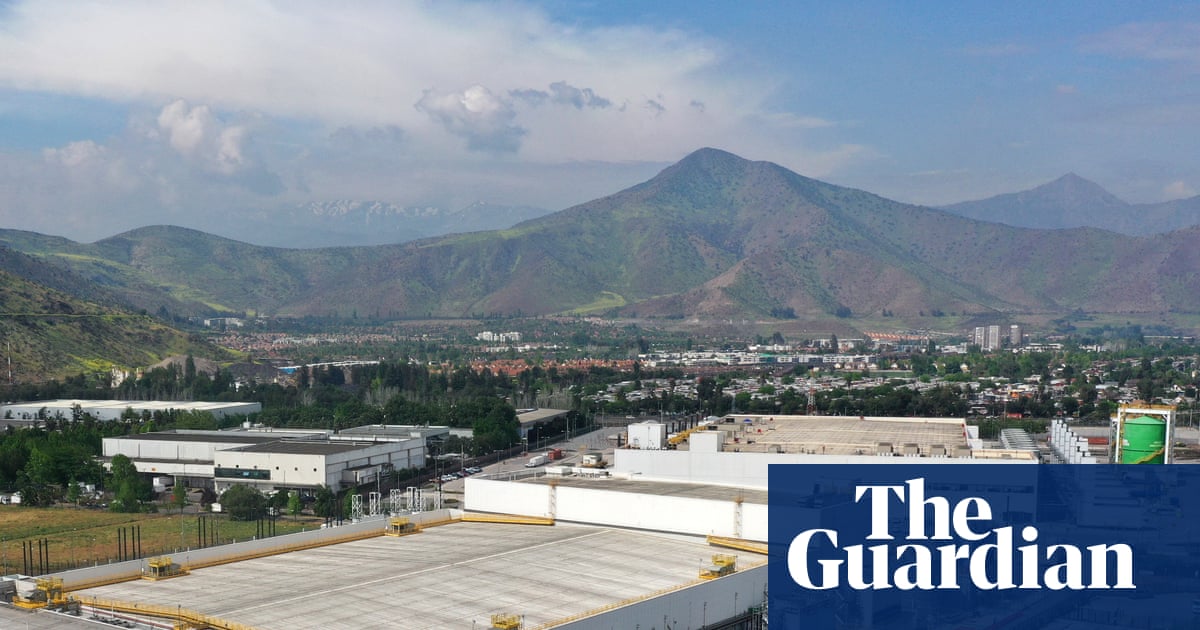As a seven-year-old, covered head to toe with only her eyes and nose exposed, Dilmer Briche González used to pick the long, fat fruits from the cacao tree and place them in a big pile. “Imagine a forest where giant mosquitoes abound,” Briche González, now 53, recalls of her childhood on her family’s ancestral farm.
Her grandfather, uncle and grandmother would cut each cacao fruit open, and Briche González would join her grandmother in removing the pulp and seeds from the shell, which would then be used as fertiliser.
The agricultural landscape where their farm lies, nestled in southern Colombia, had been maintained by Afro-descendant communities since colonial times.
Briche González would follow her grandmother around in the forest where her family also grew different trees for timber, medicinal plants, coffee, spices and herbs for cooking.
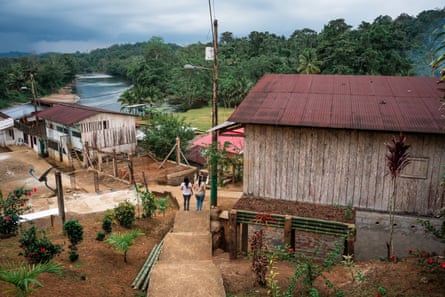
-
A village in Ecuador where, along with Brazil, Colombia and Suriname, there are formally recognised Afro-descendant lands. Photograph: Conservation International
“I just became enchanted with all of that,” she says. Today, Briche González is part of the grassroots organisation Proceso de Comunidades Negras (PCN), which advocates for the rights and recognition of Afro-descendant peoples in southern Colombia.
Afro-descendant communities in Latin America have long cultivated “edible landscapes”, which grow in the midst of natural forests and mimic the surrounding flora. Across the region, Afro-descendant peoples manage about 200m hectares (2m sq km or 494m acres) of these agroforestry systems in biodiversity hotspots, of which only 5% are legally recognised as collectively titled territories.
For decades, those communities have argued that they play a critical role in protecting biodiversity and therefore need legal protection over their lands. Until recently, there was little scientific data to support their claims.
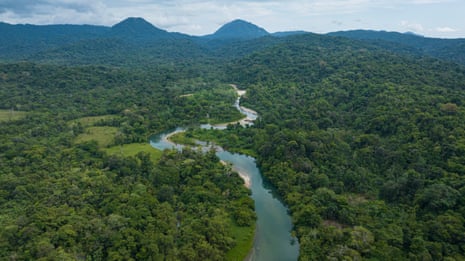
-
A view of the landscape off Colombia’s Pacific coast, where biodiversity is thriving. Photograph: Daniel Uribe/Conservation International
New research changes that. A paper published recently in Nature Communications Earth & Environment is the first peer-reviewed study quantifying the role of Afro-descendant peoples’ contributions to biodiversity, carbon sequestration and the reduction of deforestation, says Martha Cecilia Rosero-Peña, a co-author and environmental sociologist.
Researchers analysed formally recognised Afro-descendant lands in Brazil, Colombia, Ecuador and Suriname, covering about 9.9m hectares. They found that more than half of this land (56%) overlaps with the highest 5% of biodiverse areas on Earth. In Ecuador, the figure is striking: 99% of all Afro-descendant land is in biodiversity hotspots, while in Colombia almost 92% of Afro-descendant lands are in the top 5% of areas for biodiversity.
The study also found that deforestation rates in Afro-descendant lands were 29% lower than in protected areas, and 55% lower than land on the edge of a protected area.
Klaudia Cárdenas Botero, an environmental anthropologist at the Humboldt Institute in Colombia, who was not involved in the study, says: “This means that practices historically classified as ‘subsistence’ are, in fact, conservation strategies that are as effective – or even more effective – than many state policies for protected areas.”
To understand why Afro-descendant communities have preserved the forest so well, Rosero-Peña dug into scientific records dating back to the 1500s. What she found was a hidden side-effect of the European plantation model in the Americas.
“Science always focuses on the history of plantations and enslaved people,” Rosero-Peña says. “But it rarely tells us what they ate.”
Unlike the Europeans, who did not know how to grow food in the tropics, most of the Africans were taken from one tropical region to another. They were in charge of food production on the plantations, and adapted farming systems from Africa, blending local and African plants such as yams, okra, pigeon peas, plantains and millet, Rosero-Peña says.

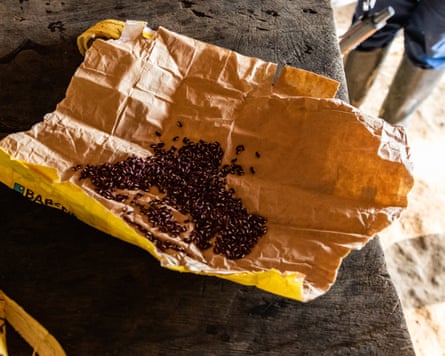
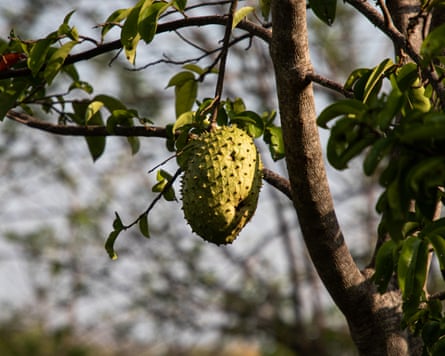
-
‘Edible landscapes’ grow among the forests and mimic the surrounding flora. Clockwise from top: a selection of traditional foods; a guanábana (soursop) hanging from a tree; seeds from the Montes de María region of Colombia. Photographs: José Hernández/Humboldt Institute; Conservation International
Agricultural knowledge was also a lifeline to freedom: hidden crops would grow along the escape routes enslaved Africans traversed many times, carrying rice seeds hidden in their braids. Escapers had to imitate the forest to stay hidden, which meant planting diverse crops, minimising land clearing, and avoiding fire. West African women adapted rice farming to drought-prone regions by timing it with river tides.
“These forests – and this paper shows it clearly – have co-evolved with the communities that inhabit them,” says Johana Herrera Arango, director of the Observatory of Ethnic and Peasant Territories at Bogotá’s Javeriana University, who was not involved in the study. “Biological diversity is also a human creation.”
Once slavery ended, many Afro-descendant communities turned to agriculture and some became powerful cacao producers. Unlike plantations, these farms thrived as edible forests.
When Briche González was a child, echoes of the cacao boom remained. The farm’s cacao and coffee beans allowed her grandmother to raise nine children and their offspring. And though many Afro-descendant families lost most of their land during forced land reforms in the 1940s, it was the expansion of sugar plantations in the 1960s and 1970s that caused the biggest declines, Briche González says.

-
A small Afro-descendant settlement by a river in Ecuador.
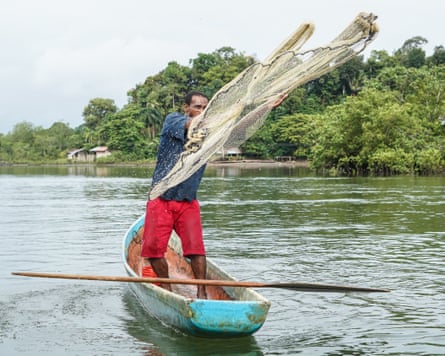

-
Fishing and catching clams among the mangroves. Photographs: Conservation International
Harsh pesticides drifted into ancestral farms, reducing productivity. Many families sold or rented their lands to plantation owners. “When my grandmother died, the sugar mills leased our land,” Briche González says. “Now, the house is completely walled in sugarcane.”
Only a handful of ancestral farms now remain among 250,000 hectares of sugarcane plantations. But amid them, researchers have found at least 128 plant species still grow in the remaining array of trees, bushes, herbs and animals. Cárdenas Botero, from the Humboldt Institute, found a similarly astonishing number of species in black communities’ farms in northern Colombia: 272 species of plants and 151 insect species.
Efforts to keep that legacy alive are under way. Briche González, who is an ecology technician, helped design a university diploma programme in agro-ecology for those tending family farms. The PCN is pressing Colombia’s culture ministry to recognise their farms as part of the national heritage. Other groups are piloting an “Afro-food corridor” spanning 1,640 hectares.
Food forests, Briche González says, “are everything. They are life, no matter where they grow.”
Find more age of extinction coverage here, and follow the biodiversity reporters Phoebe Weston and Patrick Greenfield in the Guardian app for more nature coverage

 1 month ago
50
1 month ago
50










